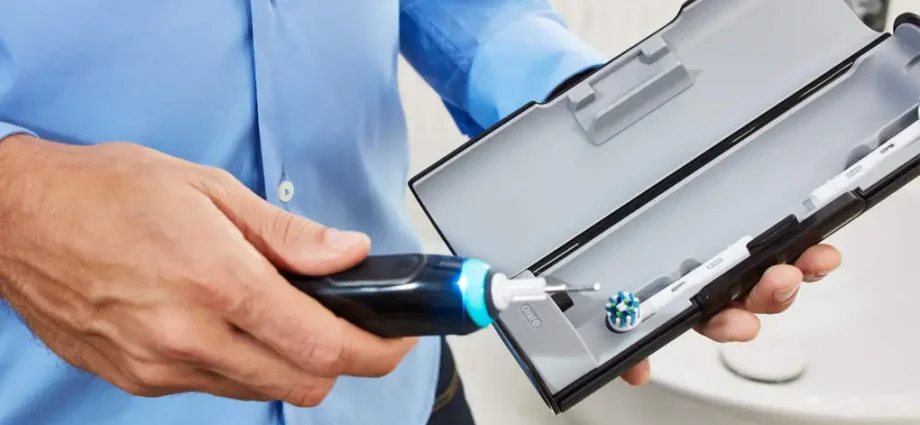Contents
- 10 Storing your toothbrush in a closed container
- 9. Starting the procedure from the same place
- 8. Lack of rinsing
- 7. Incorrect brushing technique
- 6. Lack of oral hygiene
- 5. Insufficient cleaning time
- 4. Using the wrong brush
- 3. Insufficient brush replacement
- 2. Wrong choice of bristles
- 1. Excessively frequent and vigorous brushing
High-quality hygienic treatment of the oral cavity is the main condition for the good condition of not only teeth and gums, but also the organs of the respiratory system and digestive tract. Therefore, every person who cares about his health needs to know how to properly care for his teeth. It seems – what is difficult in brushing your teeth? However, according to experts, most people, carrying out the usual hygiene procedure, make identical mistakes. Find out what are the 10 most common mistakes we make all the time.
10 Storing your toothbrush in a closed container

Now it is very fashionable to store your toothbrushes in special containers and caps. However, few people know that the brush must dry completely after use. Otherwise, pathogenic microorganisms will soon appear on its surface and begin to actively multiply, which, getting into the oral cavity, can cause the development of an infectious process there.
The evidence of improper storage of the toothbrush is the appearance of an unpleasant odor on it or the darkening of the bristles. Such a brush must be replaced without fail.
9. Starting the procedure from the same place
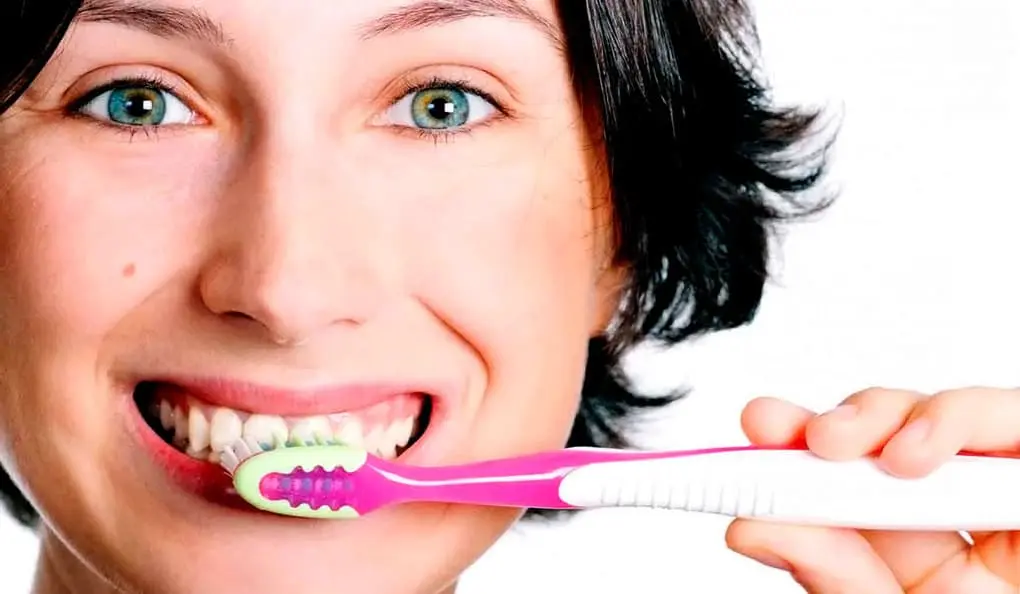
All dentists agree that always starting brushing from the same place, we significantly reduce the effectiveness of oral hygiene. This is due to the fact that usually a person begins to brush his teeth very hard, and closer to the end of the process, the excitement begins to subside. Because of this, experts call for periodically changing the “starting position”.
8. Lack of rinsing

Dentists insist that after each use, the toothbrush must be thoroughly rinsed to remove not only traces of toothpaste, but also most of the bacteria that accumulate on the bristles after brushing. If the bristles are only superficially rinsed, then the bacteria that you have removed from the oral cavity will simply return to their place when you reuse the brush.
It should be noted that proper care of the toothbrush prolongs its life.
7. Incorrect brushing technique
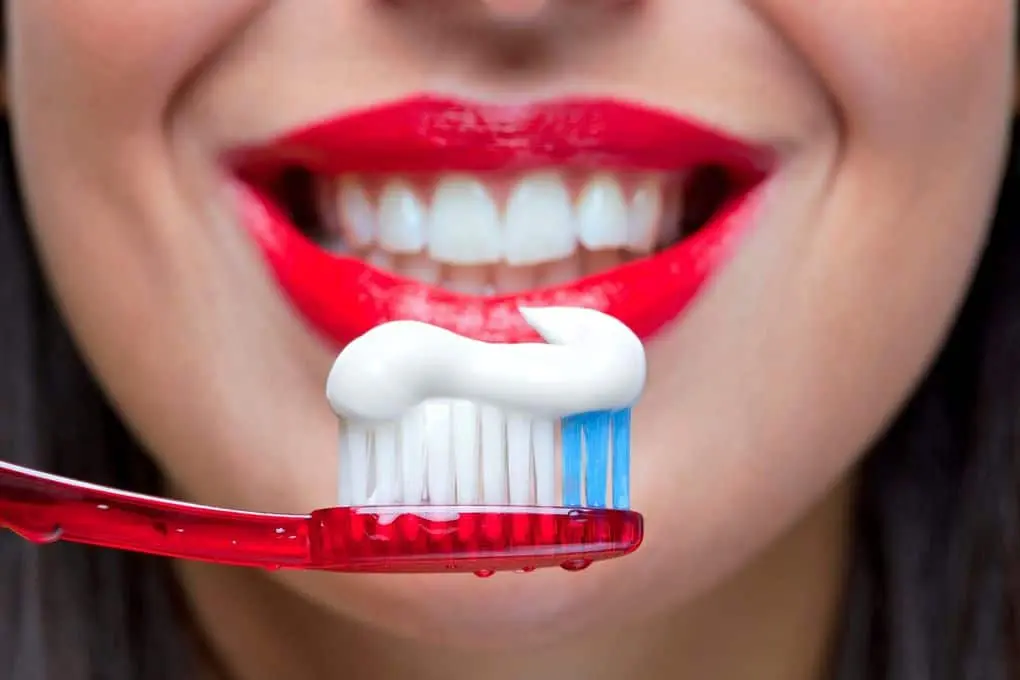
Now, very often in kindergartens, schools and other institutions, master classes are held that teach children the correct technique for brushing their teeth. Unfortunately, according to statistics, many adults have no idea what the movements of the brush should be on the surface of the teeth during their treatment. Many people think that movements should be predominantly horizontal instead of vertical. Also, some of them neglect the need to clean the palate and the surface of the tongue.
6. Lack of oral hygiene
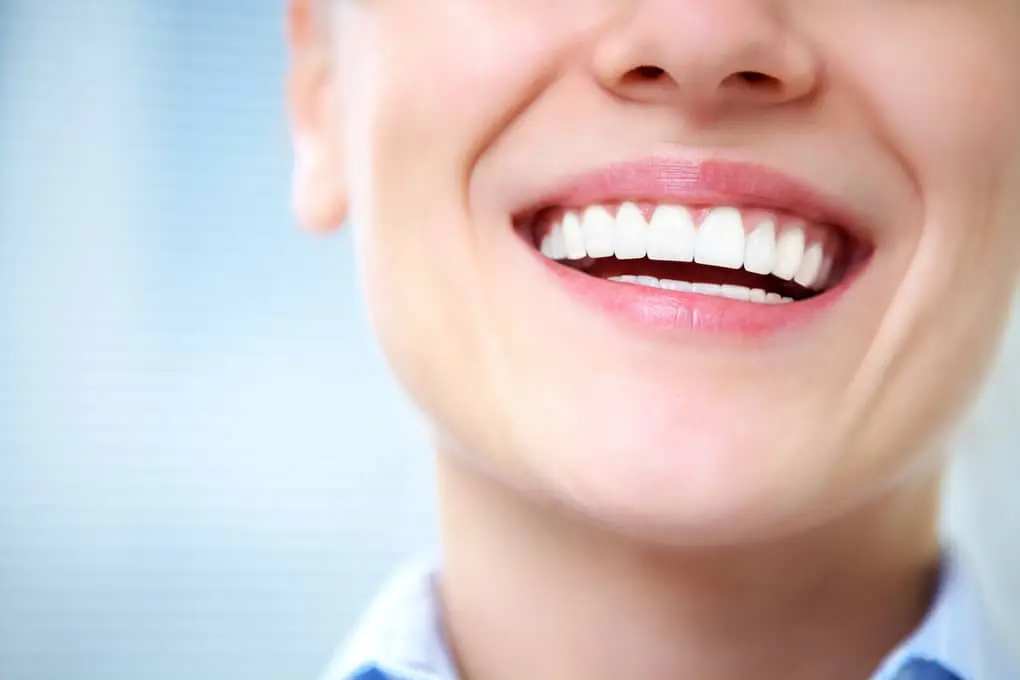
After making sure that the “facade” side of the teeth is free of plaque, we usually, being content with this, complete the procedure. At the same time, forgetting that no less plaque accumulates on the back of the teeth. As a result, tartar is formed there, which in turn, after some time, turns into caries – the main cause of tooth decay.
Dentists insist that special attention should be paid to the back side when brushing the front teeth. It is there that a large amount of plaque accumulates, which can lead to the development of caries in the future.
5. Insufficient cleaning time

Ideally, brush your teeth three times a day, and the entire procedure should last at least 2 minutes. Of course, few of us are able to devote a few minutes of hygienic treatment of teeth during the day, but brushing them in the morning and evening is a prerequisite for maintaining oral health at a decent level. Remember: it’s better to take a few extra minutes a day to brush your teeth than to allocate a lot of money for visits to the dentist.
4. Using the wrong brush

Now store shelves are full of a variety of toothbrushes. They can be equipped with various additional features, which, according to manufacturers, should provide even more thorough care. Basically, such “bells and whistles” are just a marketing ploy that allows you to significantly increase the price of a product.
First of all, when buying a toothbrush, you need to pay special attention to characteristics such as head size and bristle stiffness. An overly large brush makes the whole brushing process extremely difficult and ineffective, especially when it comes to a baby brush. If gum disease occurs, then experts recommend purchasing a softer brush so as not to irritate the mucous membrane once again.
3. Insufficient brush replacement
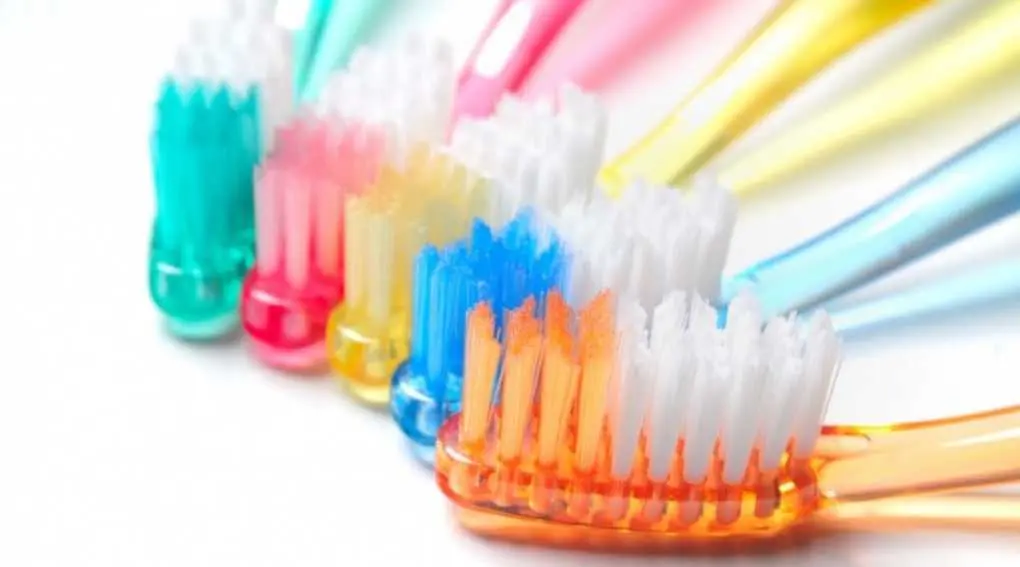
The “golden” rule of dentists says that every 90 days a toothbrush should be replaced. This principle applies to both conventional brushes and nozzles for electrical appliances. Many modern brushes are equipped with indicators by manufacturers – brightly colored bristles, as they wear, begin to turn pale, thereby reminding the owner of the end of their service life.
2. Wrong choice of bristles
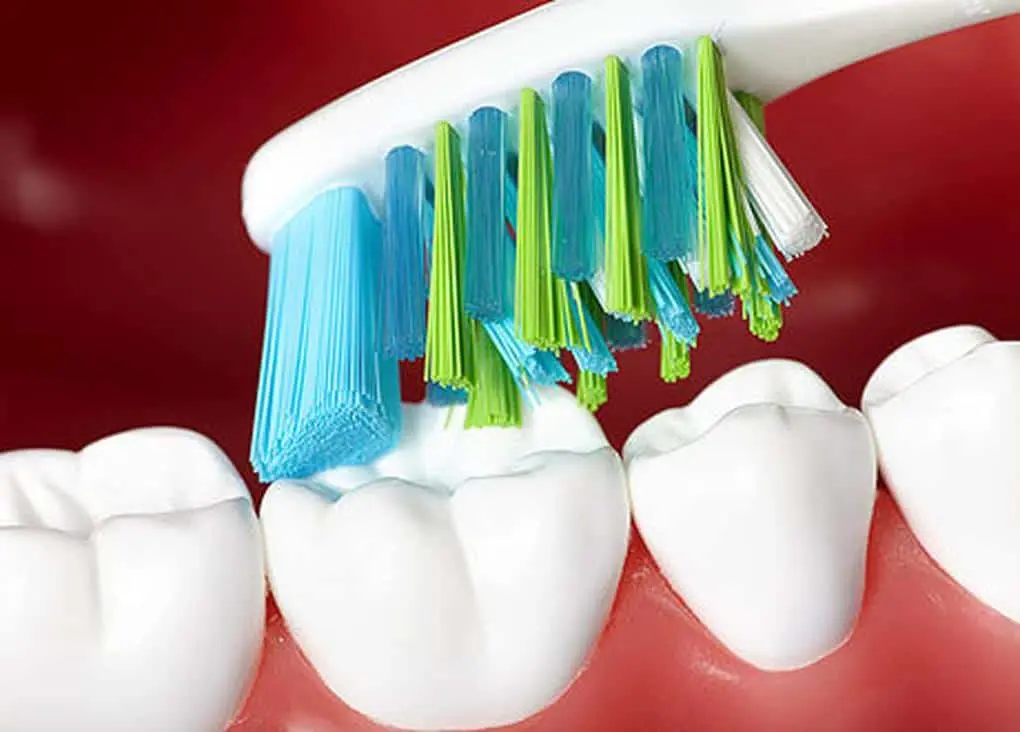
When choosing a toothbrush, it is equally important to pay attention to the angle at which the bristles are embedded in the base. It is best if there is a combination of vertically arranged bristles with embedded at a certain angle. It should also be noted that bristles can be made exclusively from synthetic materials.
1. Excessively frequent and vigorous brushing
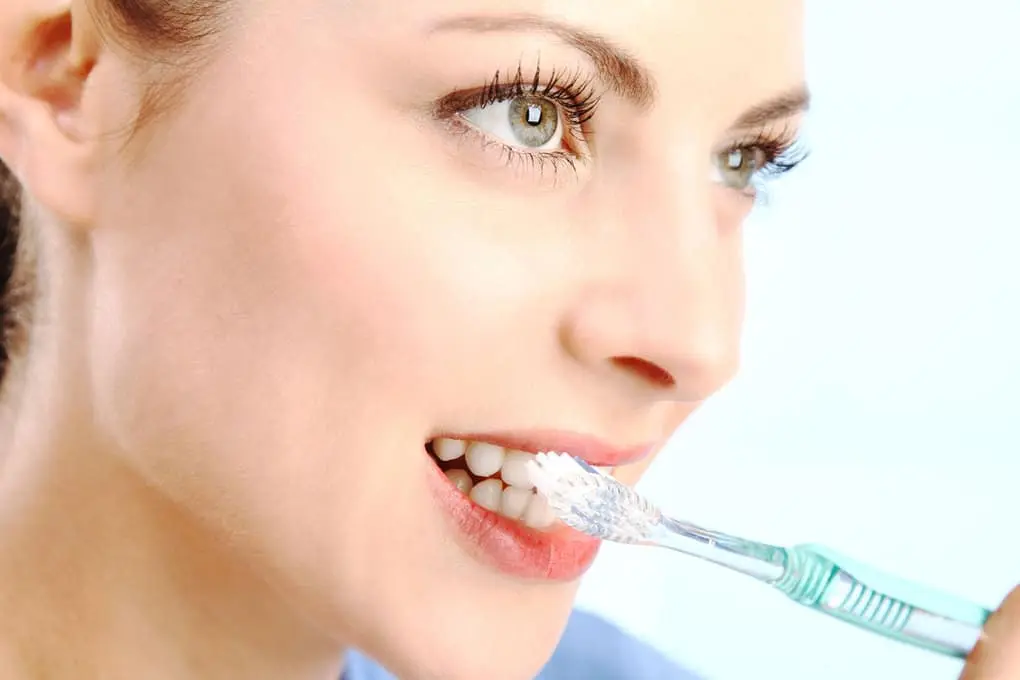
In almost any case, busting leads to a loss. This rule also applies to brushing your teeth. More than 3 procedures per day is too much. With a pathological craving for cleanliness, instead of absolute sterility in the mouth (which, in principle, cannot be achieved by any means), you will achieve irritation of the mucous membrane and thinning of tooth enamel. This is especially true for those who, falling for marketing tricks, opt for the use of toothpastes with whitening pigments. Therefore, in matters of hygiene, reasonable moderation should also be exercised so that your zeal does not cause additional health problems.










